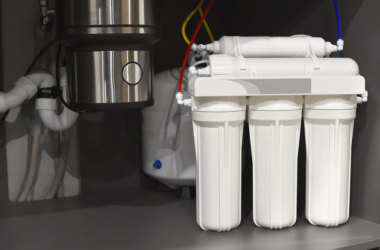The air inside your home might seem safe, but it can hide unseen dangers that could affect your health. Invisible pollutants can be present without you knowing, creating potential risks to your well-being. These “hidden invaders” can enter your home in a variety of ways, often going undetected until they start causing issues.
One of the most dangerous pollutants is radon, a colorless, odorless gas that forms naturally in the ground. It can enter homes through cracks in the foundation and is known to be a leading cause of lung cancer among non-smokers, contributing to thousands of deaths each year. Since you can’t detect it on your own, regular radon testing, such as using a short term radon test kit, is the only way to know if it’s present. Testing is especially important in areas where radon levels are known to be higher. Detecting it early helps you take action to lower the risk of long-term exposure.
Mold is another common indoor hazard. It thrives in damp areas like bathrooms, basements, and kitchens. Even if you don’t see it, mold could be growing behind walls, under carpets, or inside air ducts. Mold spores that get into the air can trigger allergic reactions, asthma, and other respiratory problems. Keeping humidity levels low and ensuring proper ventilation can help prevent mold from growing. Dehumidifiers and exhaust fans are helpful tools for reducing moisture in the air, making it harder for mold to develop.
Along with radon and mold, indoor allergens and volatile organic compounds (VOCs) are also common pollutants that can affect your home’s air quality. Allergens like pet dander, pollen, and dust mites can trigger reactions and worsen conditions such as asthma. VOCs – which come from household products like cleaning supplies, paints, and furniture – can cause respiratory irritation and, over time, lead to more serious health problems. Thankfully, air purifiers with HEPA filters can be used to help reduce these particles, clean the air, and create a healthier environment.
While these pollutants are invisible, they’re not impossible to tackle. Taking steps to prevent and reduce their presence is key to maintaining healthy air quality in your home. Regular radon testing, proper ventilation, and using air filtration systems can all make a big difference in keeping these hidden hazards at bay. With these precautions, you can breathe easier knowing that your home’s air is safer for you and your family.
For additional tips on improving indoor air quality and reducing hidden hazards, please see the accompanying resource.






